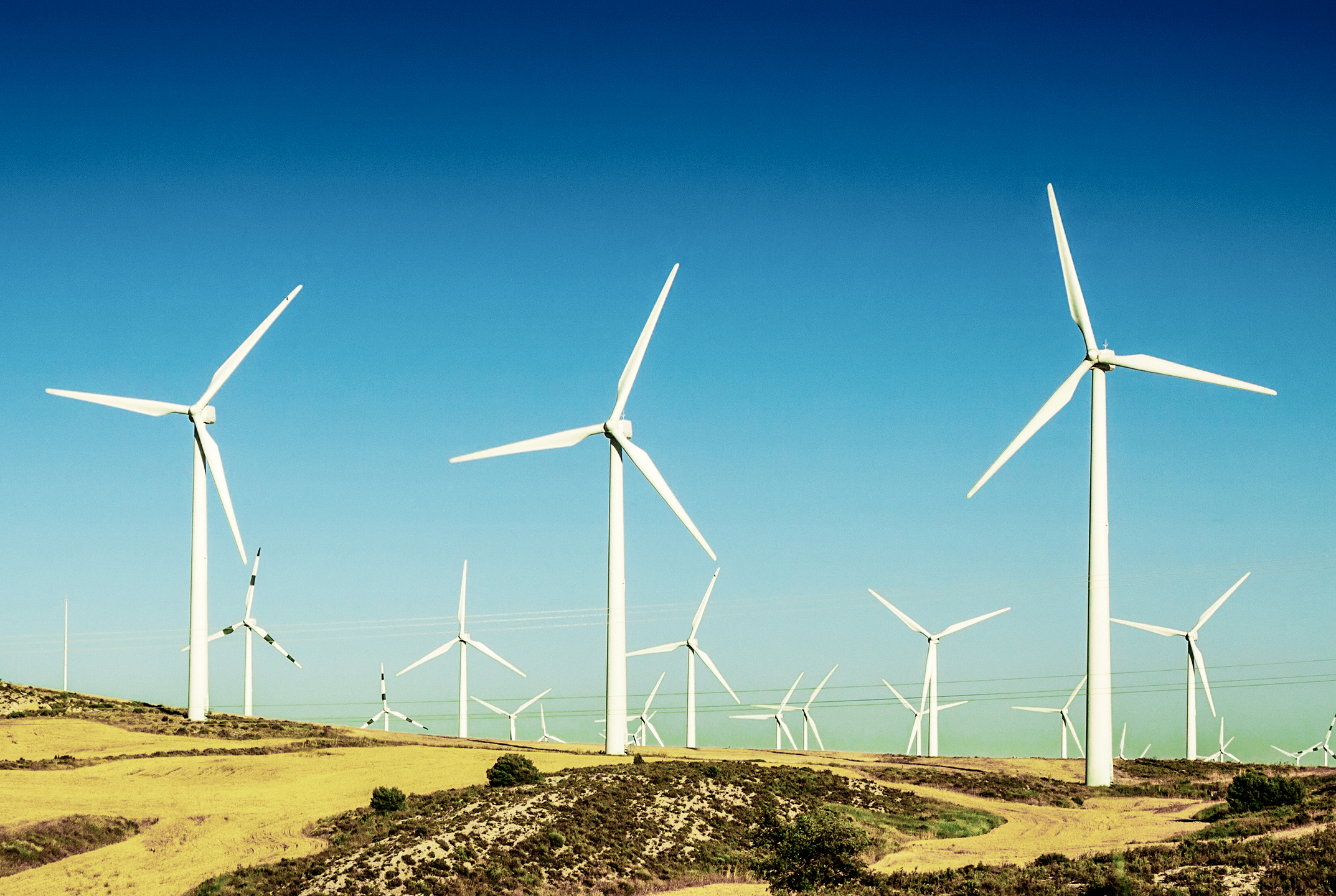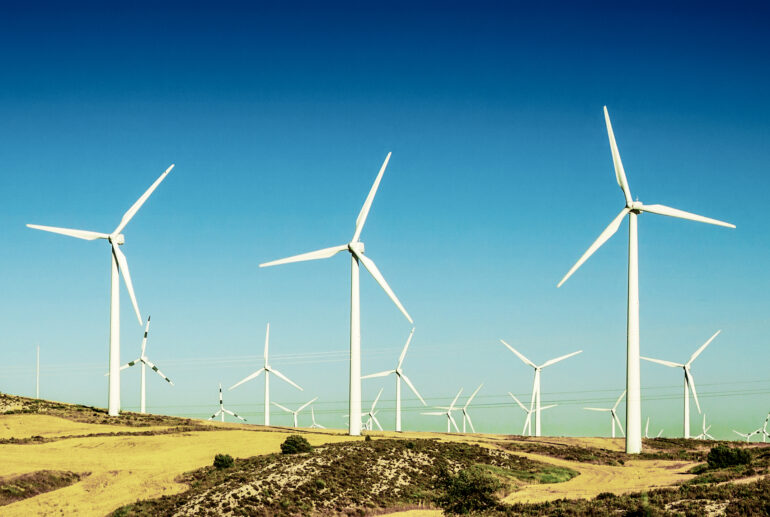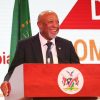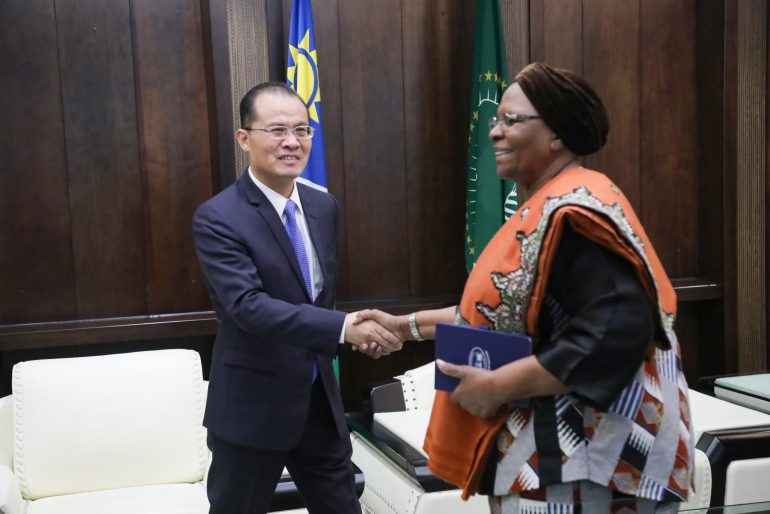Omanyano ovanhu koikundaneki yomalungula kashili paveta, Commisiner Sakaria takunghilile
Veronika Haulenga
Omanyano ovanhu koikundaneki yomalungula kashili paveta, Commisiner Sakaria takunghilile
Veronika Haulenga
Listeners:
Top listeners:
-
play_arrow
Omanyano ovanhu koikundaneki yomalungula kashili paveta, Commisiner Sakaria takunghilile Veronika Haulenga
Massive African “Gigawatt” wind projects to dwarf existing facilities, as private power companies and “wheeling” take root


By Conrad Onyango, bird story agency
Huge new wind power project under development in Egypt and Kenya will see independent power producers access national grids to sell power to private customers in other parts of the country, or region, accoding to a new report.
“Wheeling” refers to the practice of allowing privately generated power to flow through the national grid to willing buyers in a seller-buyer model. Under this arrangement, independent power producers pay a wheeling charge for using the transmission line. The system is currently being tested in South Africa.
The Global Wind Energy Sector’s Global Wind Report 2024 features these two countries in its global “markets to watch list,” citing their efforts to open up the national grid and provide more transmission opportunities for independent power producers, as well as their commitment to a lineup of gigawatt(GW)-level projects.
Egypt and Kenya are listed alongside Australia, Azerbaijan, Brazil, China, India, Japan, the Philippines, Saudi Arabia, South Korea, the US, and Vietnam.
Egypt has lately experienced increased public-private investment activities, the latest being allocation of land to independent power producers for development of large-scale wind projects.
In May, Egyptian government authorised a consortium of three energy players to develop 3,025 square kilometres of land in the western Suhag governorate.
The consortium, consisting of Emirati energy giant Masdar, its joint venture Infinity Power (with Infinity Energy) and Egyptian flagship Hassan Allam Utilities, are looking to develop a 10,000 megawatt (1000 MW = 1 GW) wind farm with an investment value of US$10 billion.
“At 10 GW, this landmark project is pushing the limits of innovation and scale as we work to help unlock Africa’s clean energy potential, and further advance its energy transition,” said Masdar’s Chief Executive Officer, Mohamed Jameel Al Ramahi, in a statement.
In the same month, Egypt’s New and Renewable Energy Authority (NREA) granted land to two private renewable energy companies – Scatec and ENGIE – for the deployment of 8 GW of wind power valued at US$9 billion.
Scatec signed the land permit for the development of 5 GW of wind power generation capacity. Egypt’s flagship Orascam Construction has signed a contract for 3 GW of wind power, which it will develop as part of a consortium that also includes French energy company Engie and Japan’s Eurus Energy.
In March, UAE-based independent power producer (IPP) Amea Power completed the installation of the first wind turbine in its Amunet wind farm in Egypt’s Gulf of Suez. The field is expected to supply up to 500 MW to Egypt’s national electricity grid.
The Global Wind Energy Council expects Egypt to continue growing wind energy opportunities to provide power for its green hydrogen ambitions.
“Once this wheeling charge structure is in place, the private offtake market is expected to unlock new opportunities for wind energy in Egypt,” the Council said in the report.
In 2022, Egypt announced plans to construct the ’Green Corridor’, a parallel electricity network connecting all renewable energy sources with a capacity reaching 70 GW.
“Although the timeline for this project remains unknown, it is expected that all wind farms serving green hydrogen projects in the country will be connected via the green corridor once constructed,” according to the report.
Egypt’s current installed wind capacity is over 1.6 GW, comprising the 262.5 MW Ras Ghareb Wind project, 250 MW West Bakr, 580 MW Gabal el Zeit, and Egypt’s flagship wind project, the 545 MW project in Zaafarana.
Developments in Kenya’s wind energy sectors are also taking a similar direction, in what appears to be an emerging trend in Africa.
Among new large-scale wind projects lined up in Kenya are plans to build a 1 GW wind park in Marsabit County with an initial capacity of 200 MW and expansion of the Lake Turkana and Kipeto wind power projects.
The 310 MW Lake Turkana project alone is Kenya’s largest plant of any technology on the grid. It provides nearly 13% of the electricity generated in Kenya. Kipeto wind project has a capacity of 100MW.
“There have been announcements of new large-scale wind projects ahead, although the next projects are not due for commissioning until 2026,” the report said.
Kenya’s Energy and Petroleum Regulatory Authority (EPRA) has developed a draft of its Energy (Electricity Market, Bulk Supply and Open Access) Regulations, 2024, through which the country seeks to open up the electricity market and allow private sector investors to participate in the distribution of electricity.
“These are expected to spur the captive wind industry, where several projects are being planned to supply Power-to-X initiatives and directly supply large industries,” according to the report.
Between 2024 and 2028 Africa is projected to install 12 GW of new wind energy capacity, according the report, with most of this expected to come from Egypt and Kenya.
South Africa has encouraged private participation in its power grid through its Renewable Energy Independent Power Producer Procurement Programme (REIPPPP) and has tested limited wheeling since 2008. However, since the country’s major utility, Eskom, sells power to municipalities, who then on-sell power to consumers, the country is currently testing “virtual wheeling”, with municipalities acting as power traders. Eskom is expected to offer virtual wheeling by the end of 2024.
Separately, a 330 MW wind facility in South Africa, being built by Enel Green Power South Africa, will provide off-grid power directly to corporate customers, while coal producer Seriti Resources is building a 155MW wind facility to provide its operations with power.
bird story agency
Useful links for editors:
https://gwec.net/wp-content/uploads/2024/04/GWR-2024_digital-version_final-1.pdf
Written by: Contributed
Egypt Global Wind Energy Sector independent power producers Kenya markets to watch list national grids private customers South Africa transmission line wheeling wind power project
Similar posts
FNB Namibia scoops award for Best International Private Bank for 3rd consecutive year
(Contributed Photo) By: Hertha Ekandjo FNB Namibia has been named the Best International Private Bank for the third consecutive year at the Euromoney Private Banking Awards held in London. This recognition solidifies the bank's position as a global private banking and wealth management leader. Euromoney's Private Banking Awards, now in […]
Windhoek Weather
Most popular

Mbumba signs off new benefits for retired political office bearers

Former FNB employee arrested after defraud pensioner off N$215, 000

Namdia Heist: More questions, lots of confusion

Omuhwahwameki Michael okuunganeka oshikonga shoku patitha oostola dho Rani moshilongo ashihe.

Windhoek woman loses N$60,000 to fraudsters
Copyright 2025 Future Media (Pty) Ltd | Website by Digital Platforms
Tel: +264 83 000 1000 | Email: news@futuremedia.com.na




